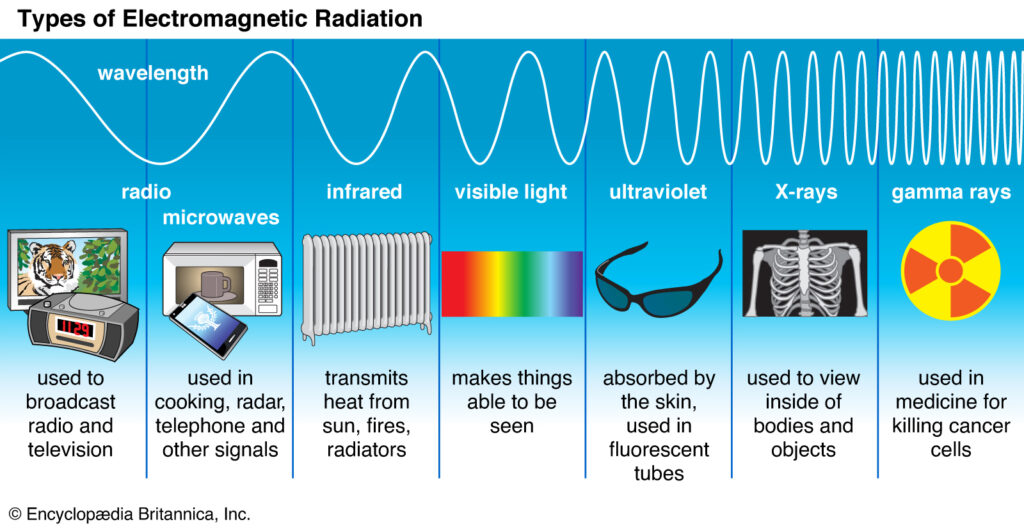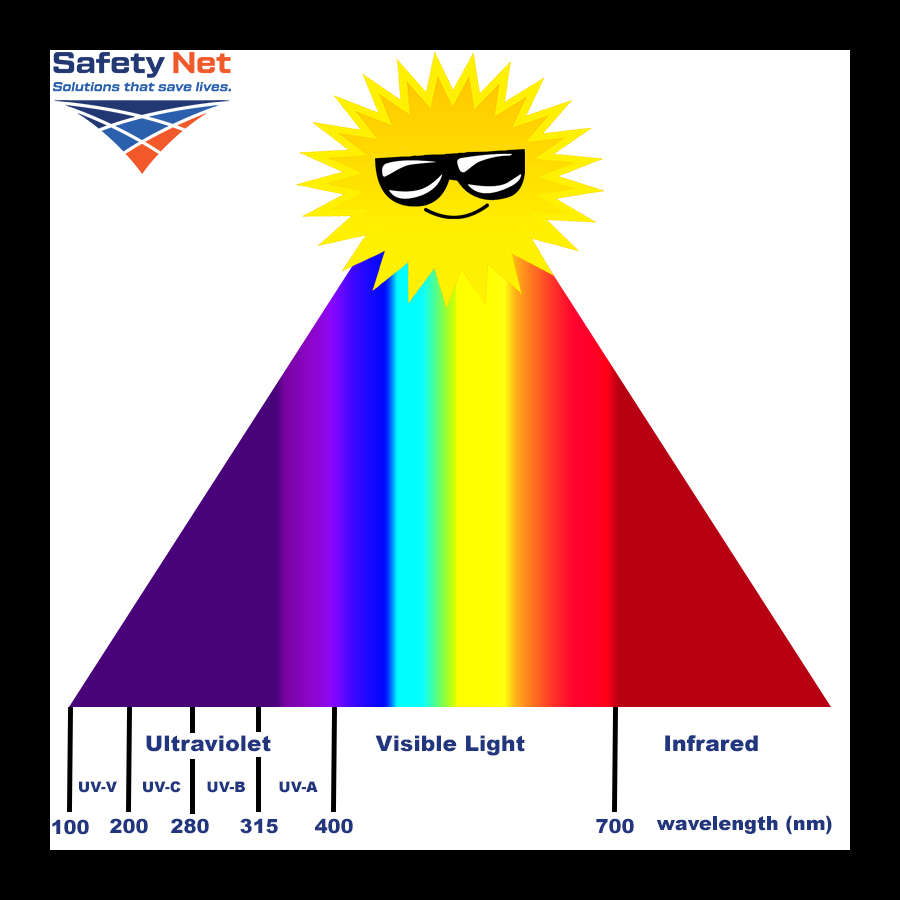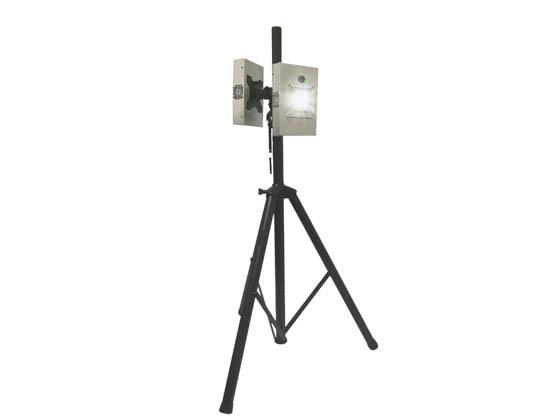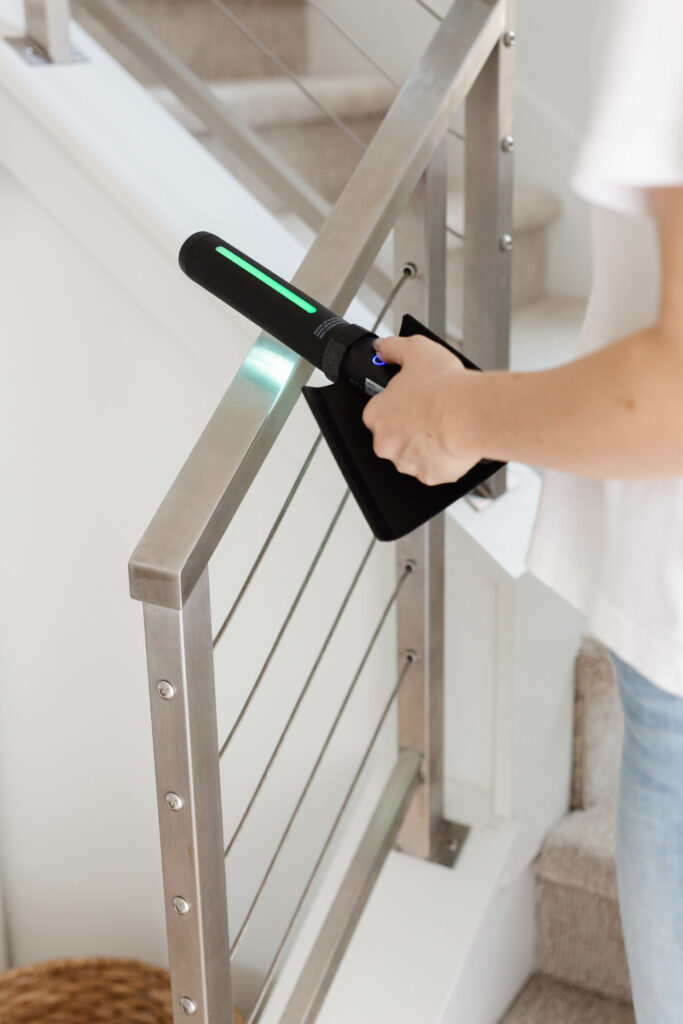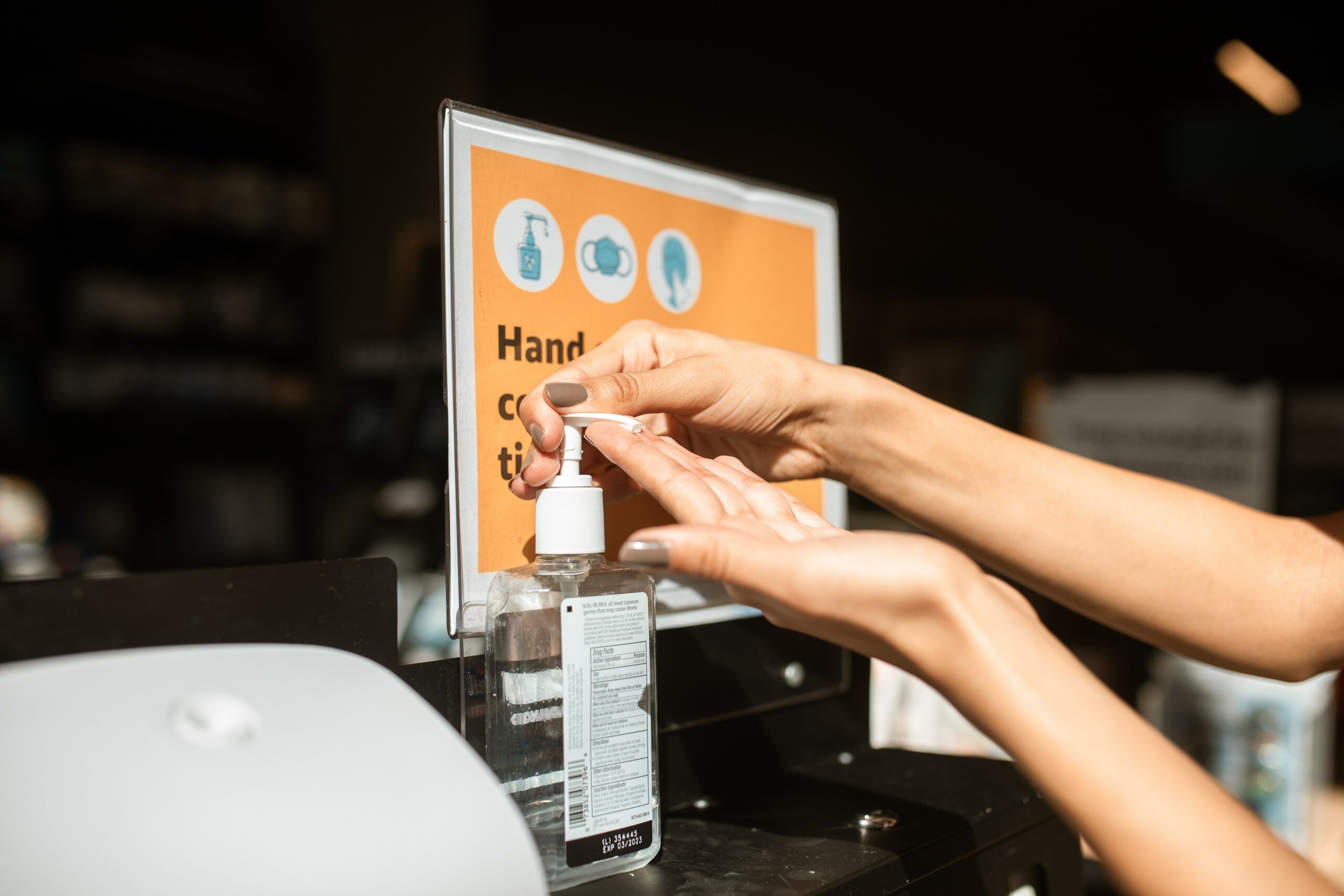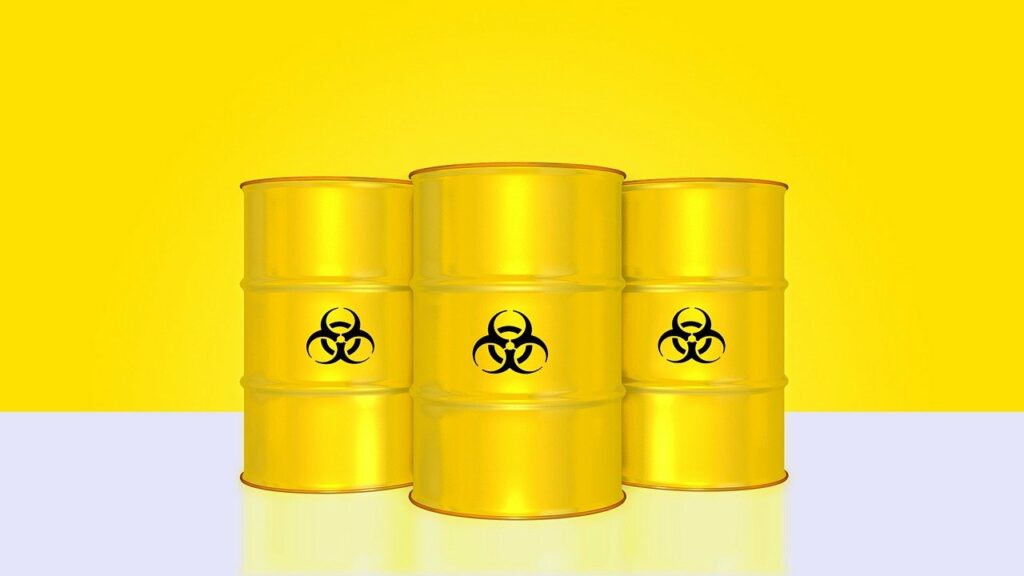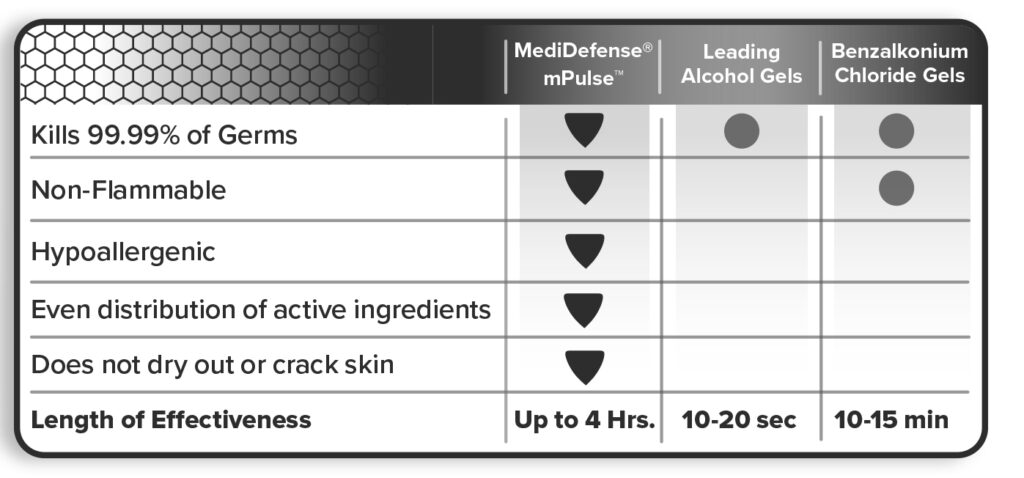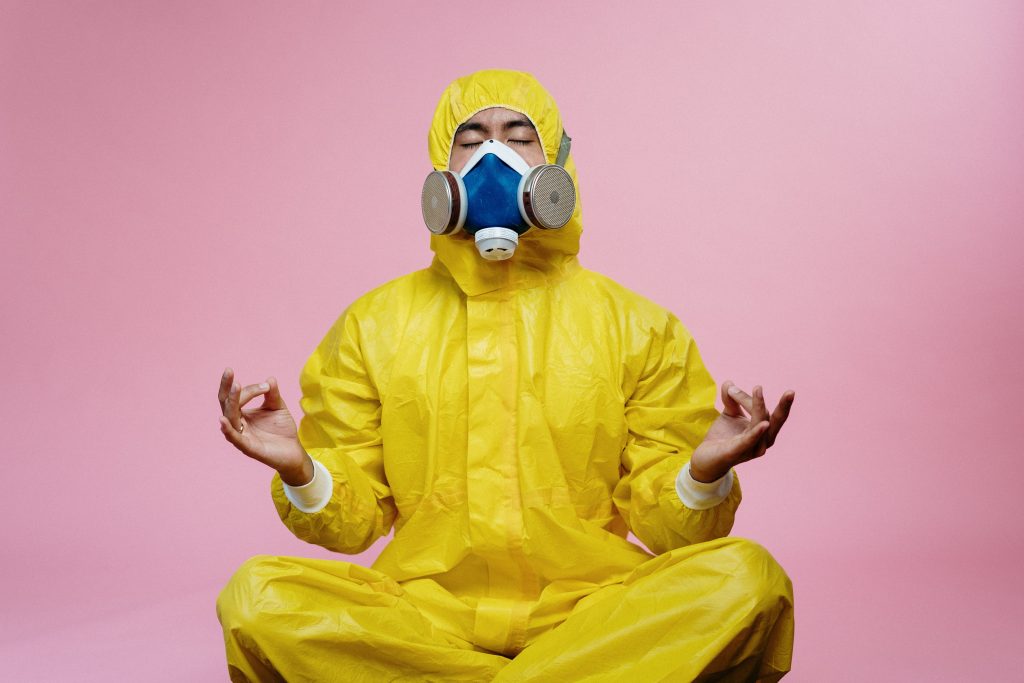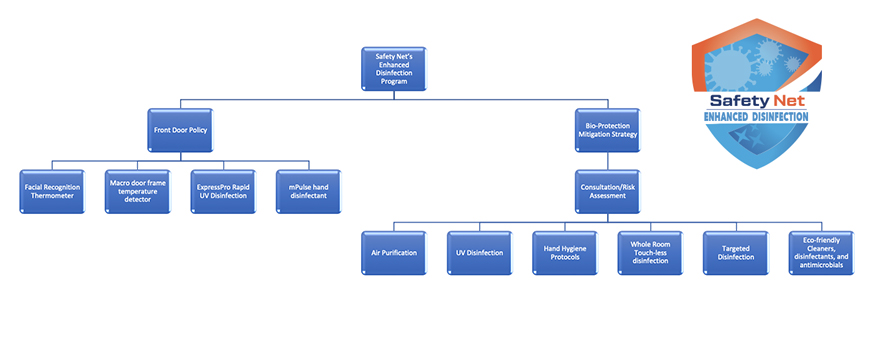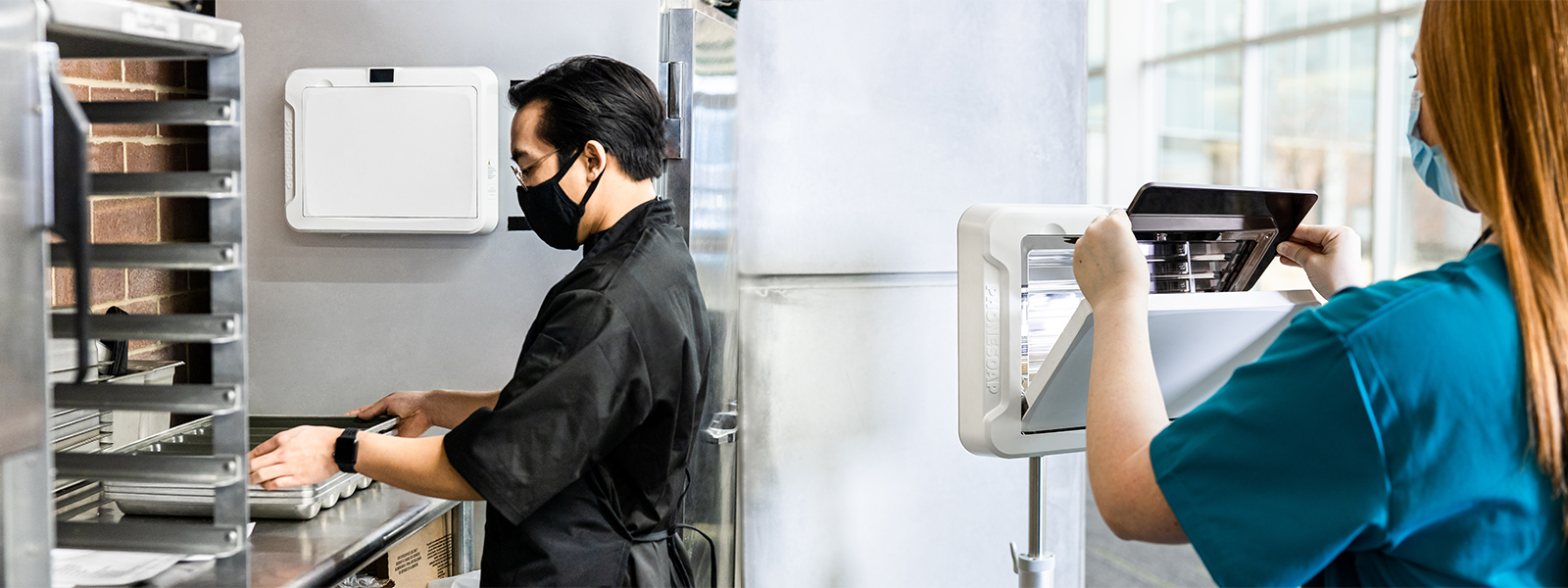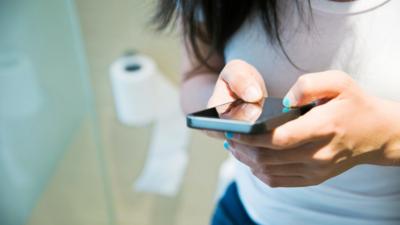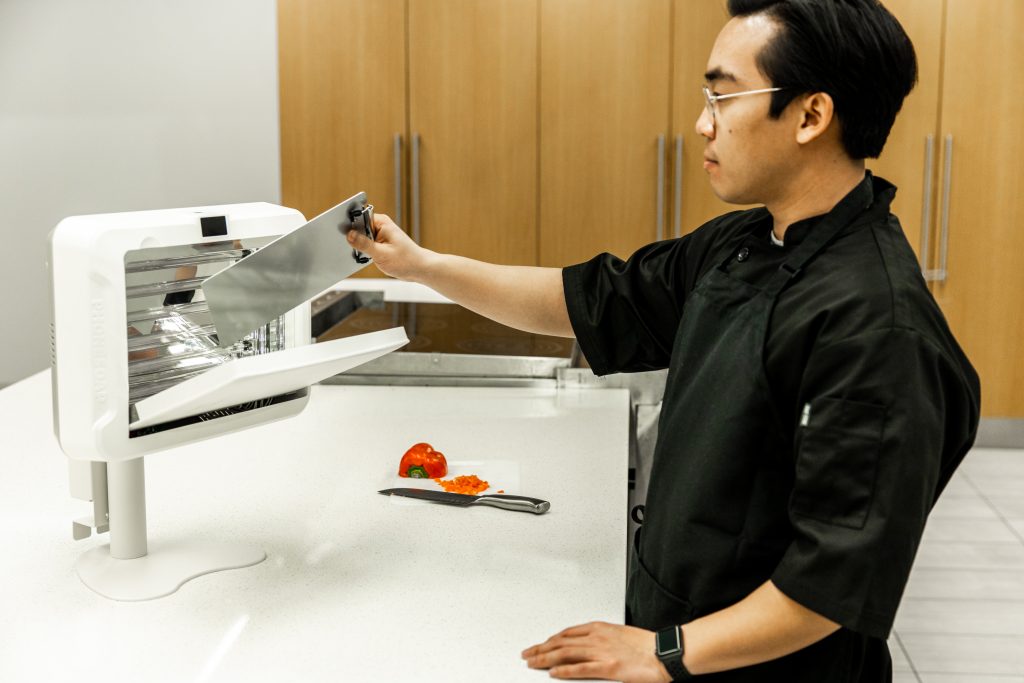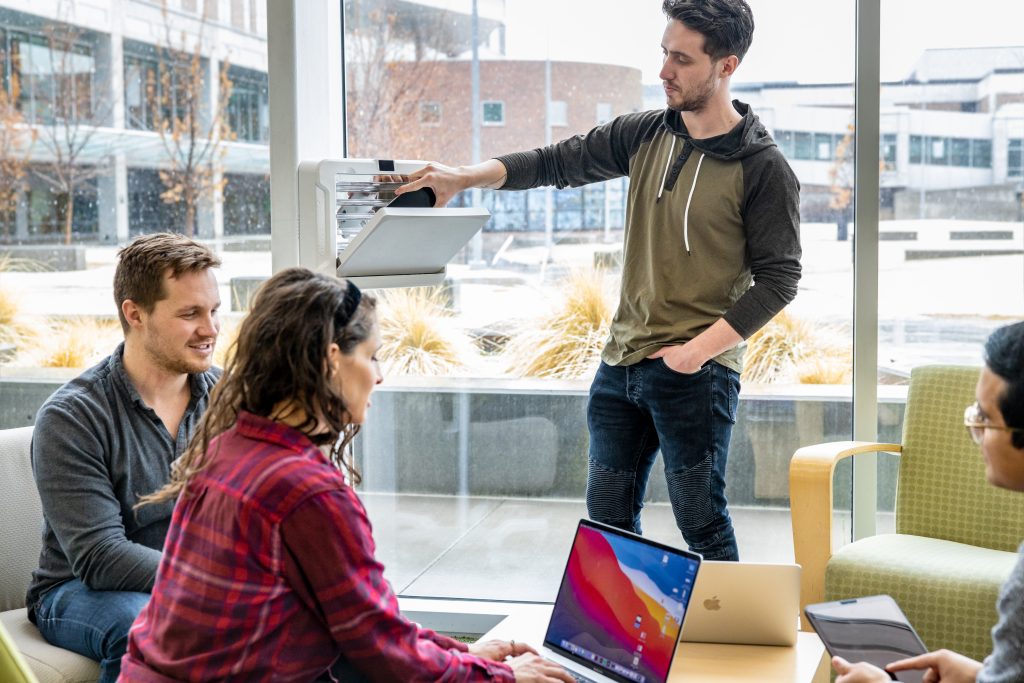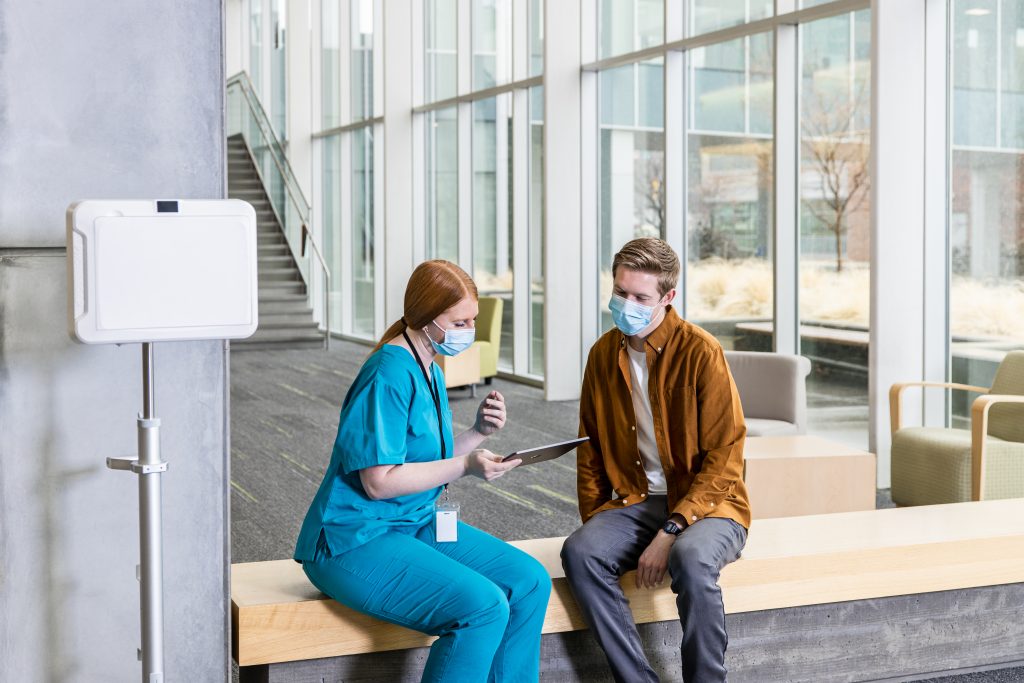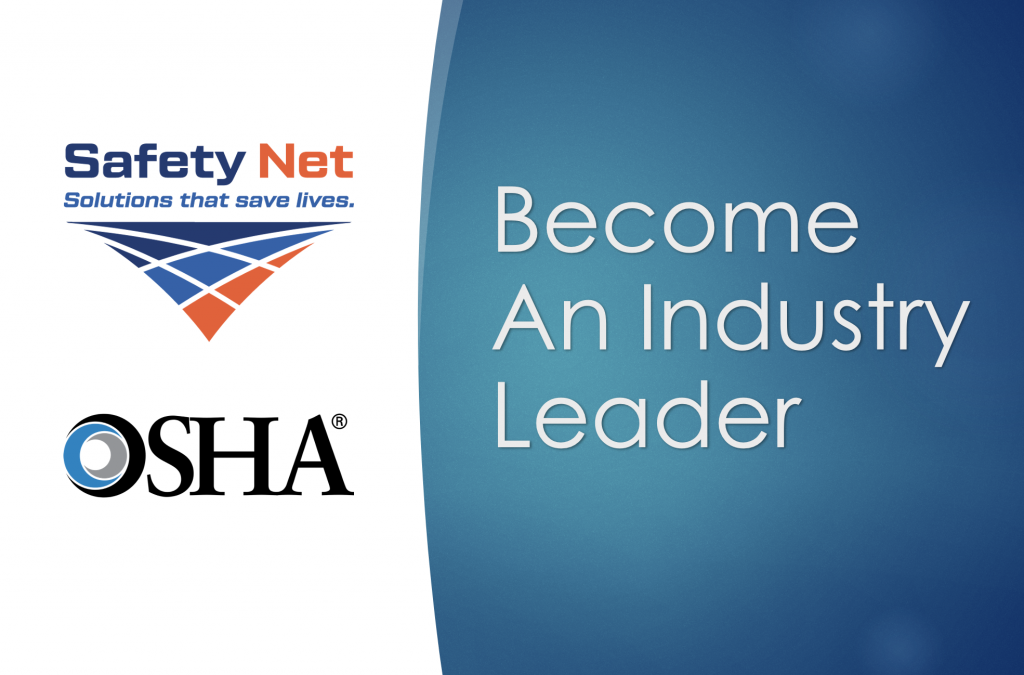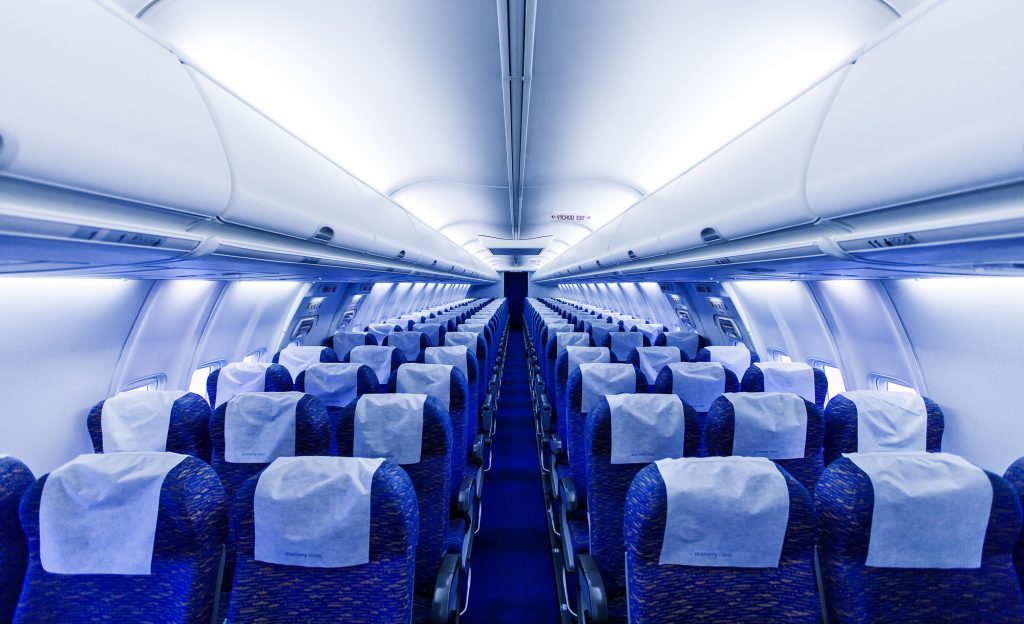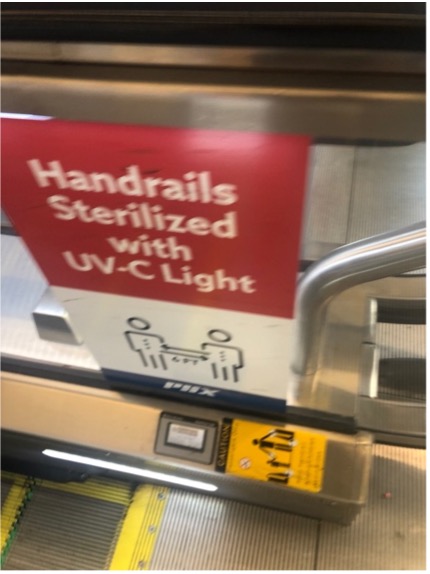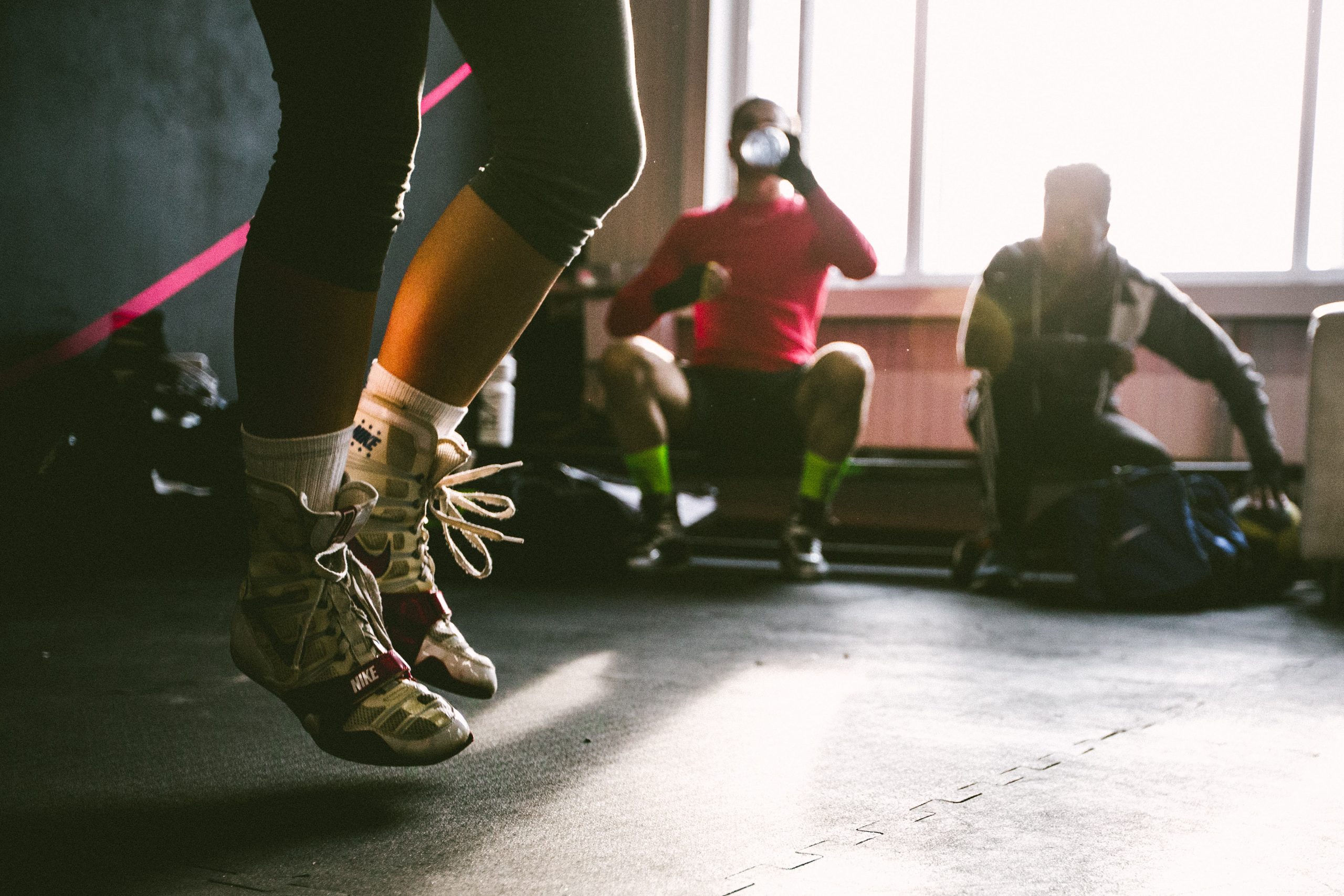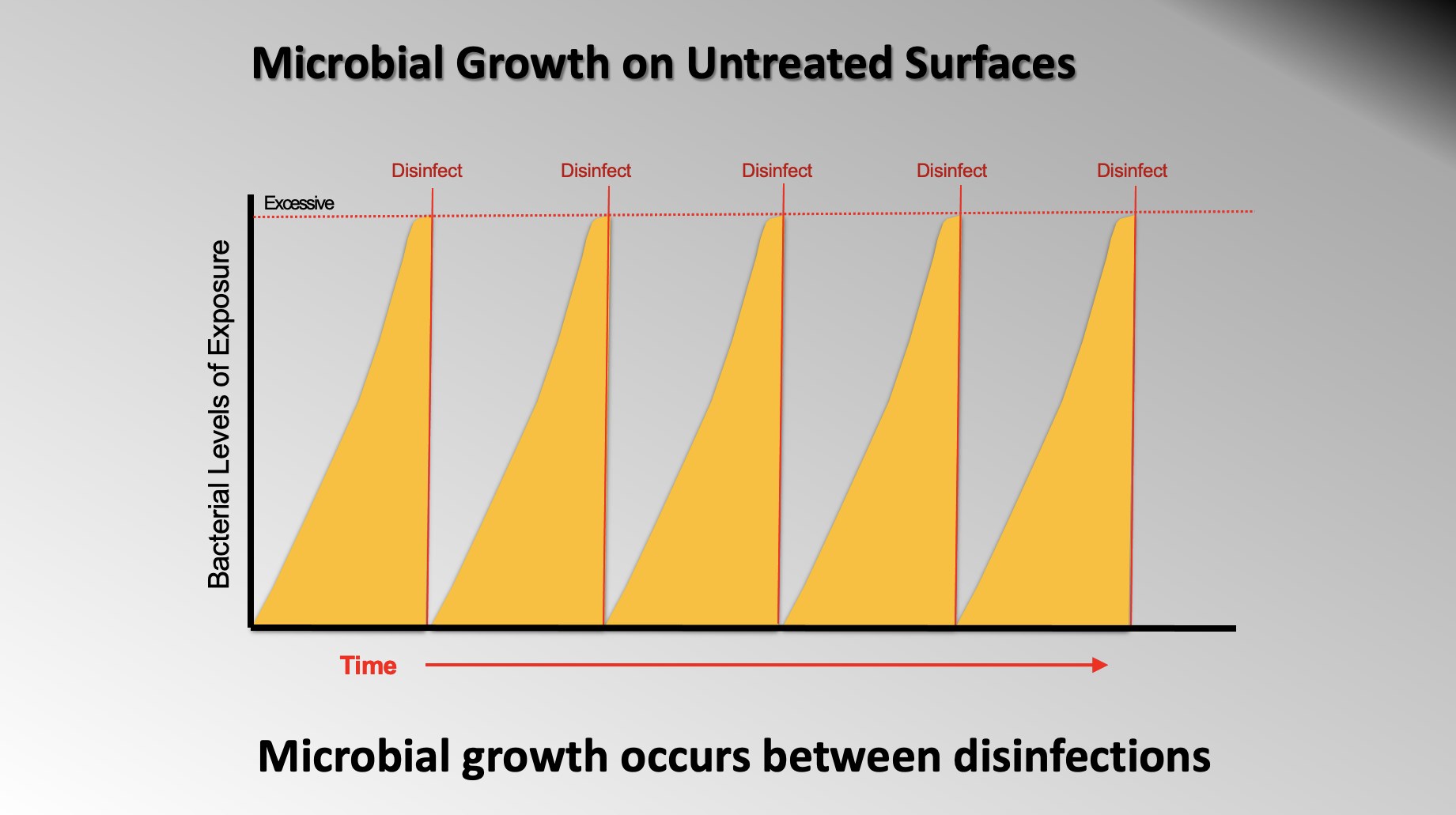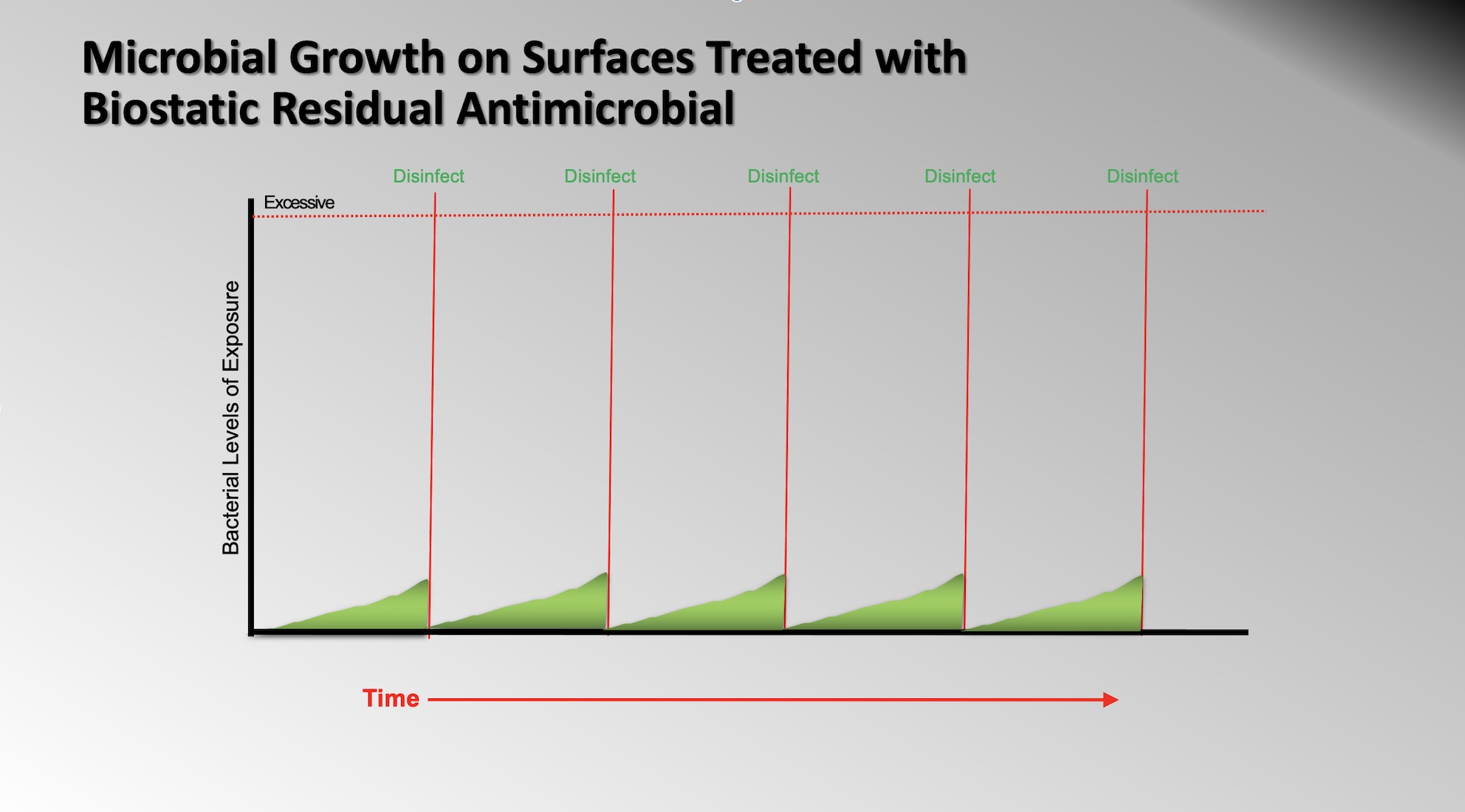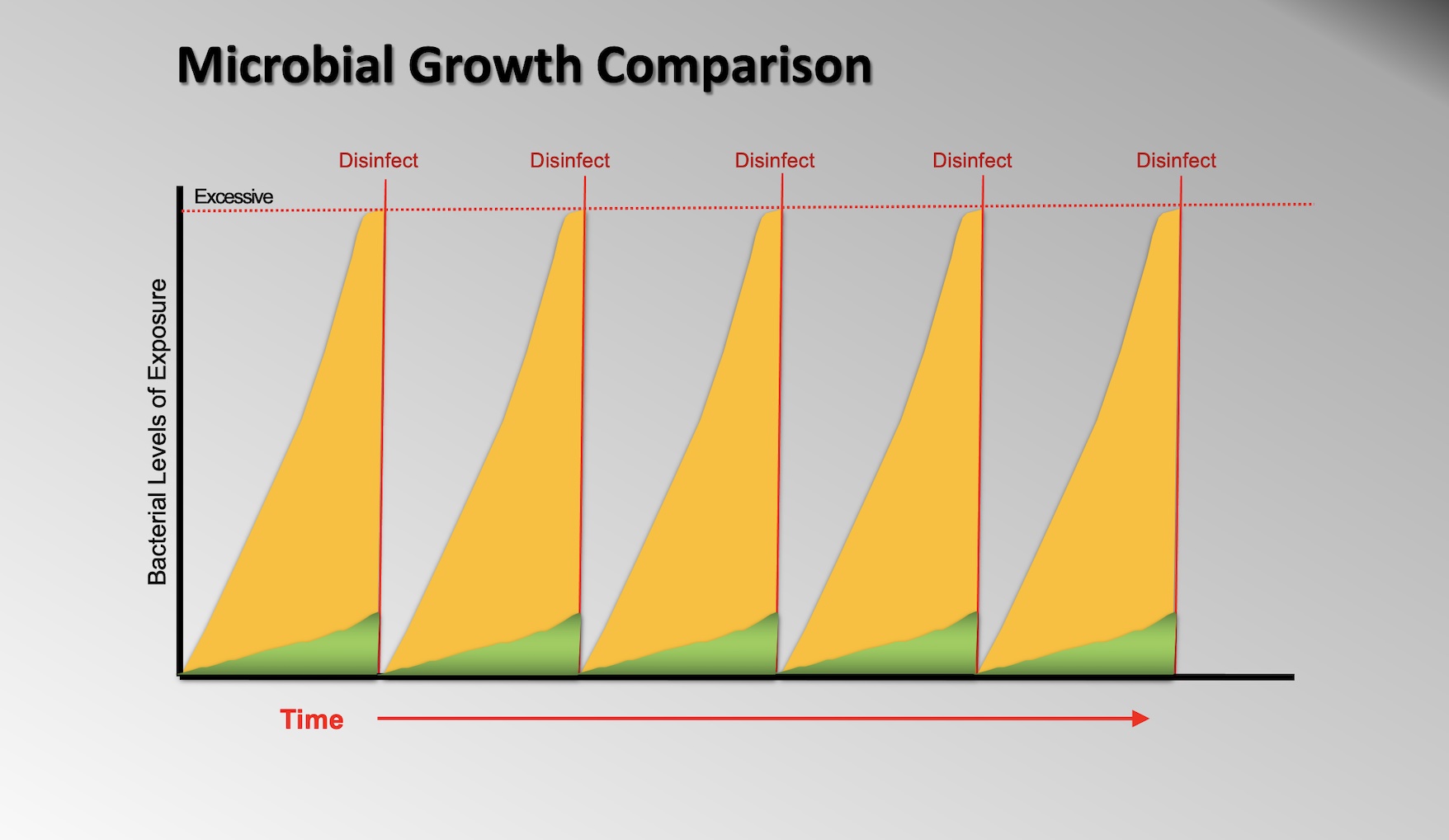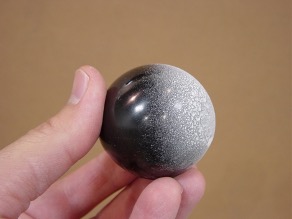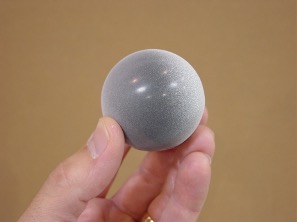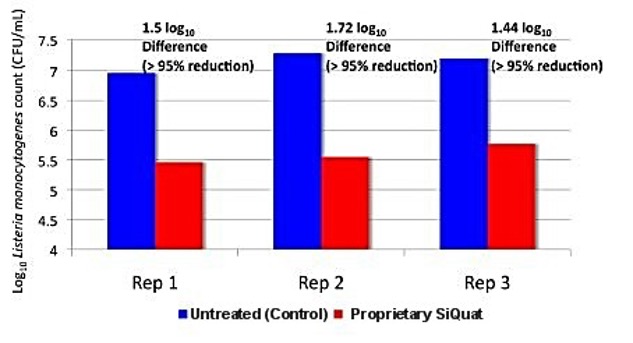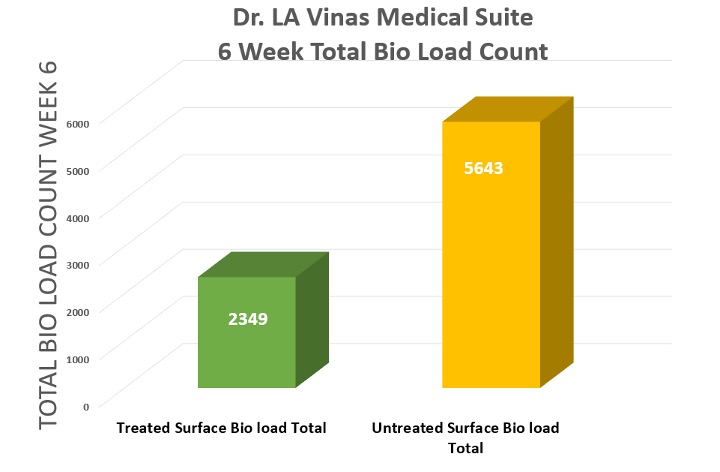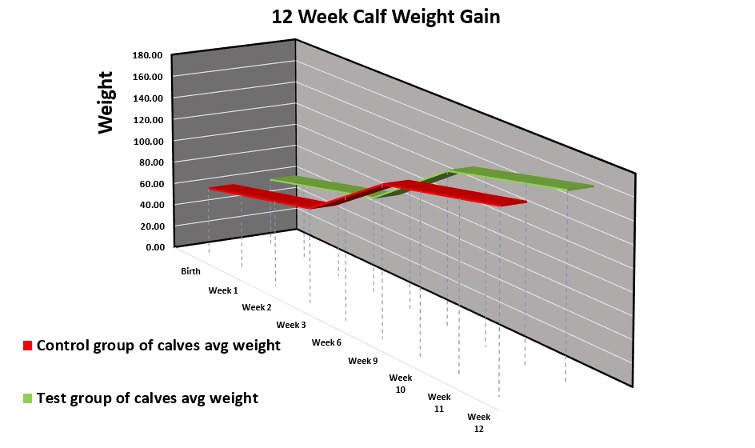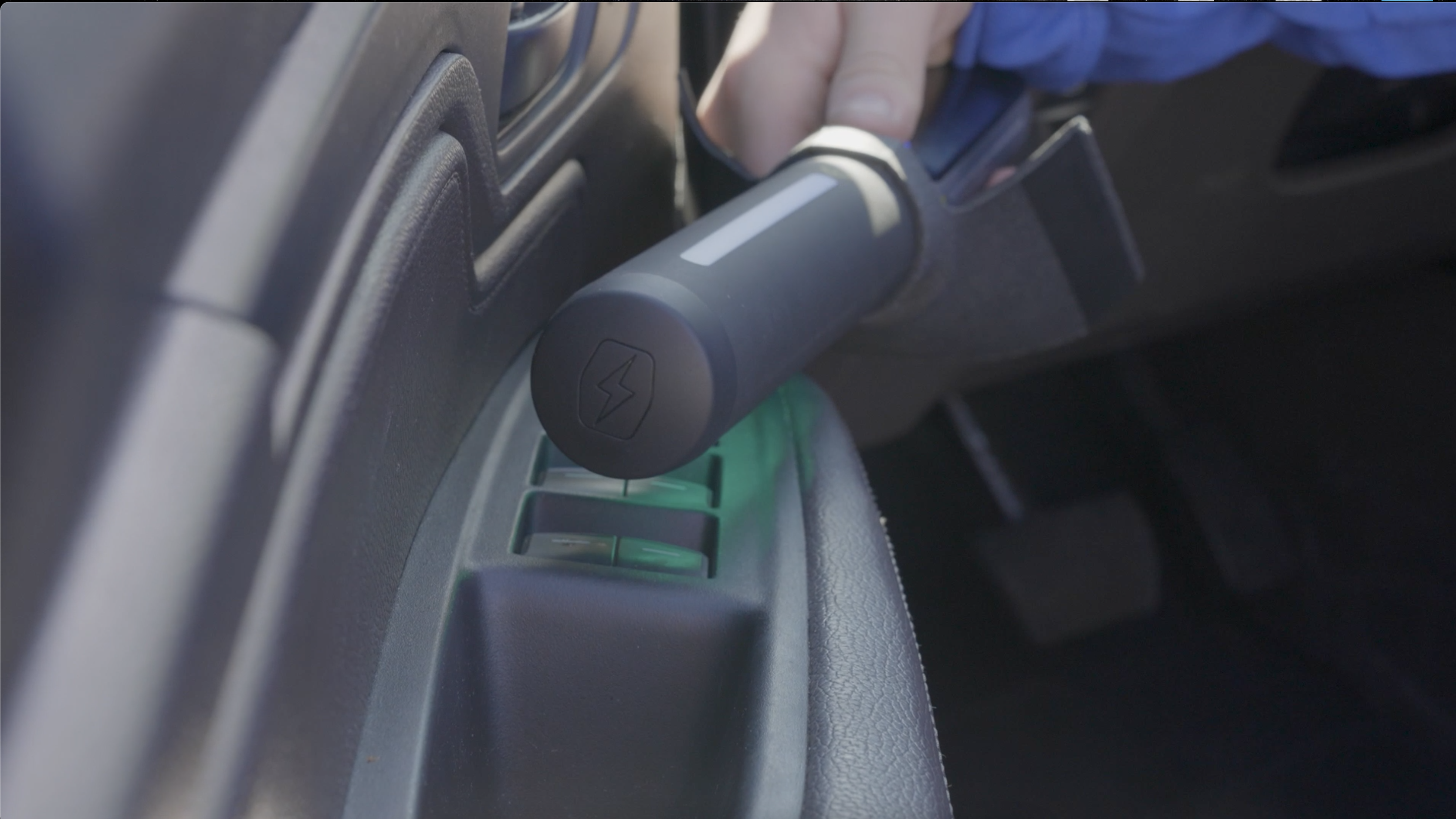
Better rideshare experiences are just beneath the SurfaceSoap
Everyone has a system of checks and balances to mitigate risk in their everyday lives. Drivers check their vehicles at the start of each day with a plan that ensures passenger safety. When it comes to being picked up in an Uber or Lyft, you check the license plate and driver photo to ensure the app matches reality. It is second nature to hop in the back seat if both match. And while you may think you and the driver are the only occupants of the car, you’re not alone.
What the Research Shows
Uber, the publicly traded company that shook up the taxi industry back in 2009, has inspired millions of Americans to embrace ridesharing apps and culture. Sharing is caring, but not in terms of pathogen transmission. The health and safety risks of backseat riding are becoming more apparent. Experts say that riding in the back seat of a ridesharing vehicle is 35,000 times germier than a toilet seat and potentially more dangerous than sitting in the passenger seat. Concerns about rideshare sanitation and the dangers of sitting in the back seat should give you pause the next time your ride rolls up to the curb.
We know from extensive research that viruses can survive on surfaces/objects for hours or even days. During peak transmission season or colder months of the year, people who carry varying amounts of viral loads in their upper respiratory tracts can shed these onto surfaces. This study[1] is just focusing on SARS-CoV-2; other viruses and fungus can also develop on surfaces where they’ll remain for various amounts of time. “Our results indicate that aerosol and fomite transmission of SARS-CoV-2 is plausible since the virus can remain viable and infectious in aerosols for hours and on surfaces up to days (depending on the inoculum shed).”
Another study[2] conducted in Portugal found: “In summary, public buses in major cities in Portugal (Lisbon and Oporto) are a reservoir of HA- and CA-MRSA clones and may represent a mechanism for the spread of MRSA clones in the community. Given the importance of public transportation in most major cities, the results presented here should provide valuable insights to epidemiologists, infection control, and environmental health professionals to better understand the dynamics of MRSA in the community.” This goes to show that we need to approach vehicle cabin disinfection meticulously, acknowledging the vast diversity of bacteria. And all routes of transmission. We’re a broken record when we say, “one size does not fit all.” Still, time and time again, this age-old adage rings true.
In the rideshare industry, thousands of independent drivers constantly pick up passengers from who knows where. Both parties have a significant concern about who was in the vehicle before them or getting into their car now. Is it safe to touch anything in the car? Is the air safe to breathe? It’s known that most germs on rideshare vehicles are on the door handles, window buttons, and seat belts. Germs can arrive at these high-touch locations in numerous ways; through air droplets from sneezing or coughing, wiping a nose then touching a door, transferring germs from the mobile device you’re scrolling on to the window button, and so on. Cross-contamination in confined spaces can happen quickly, so our rideshare sanitation efforts need to work equally fast.
Enhance Your RideShare Business the Safe Way
All good host drivers do the basic things like shaking out the mats at the beginning of every day, getting their car washed once a week, vacuuming, providing treats, and replacing air fresheners. Our society has become more aware of viral transmission since the onset of the pandemic. What will separate the ‘good’ drivers from the ‘best’ will be taking into account the germs that enter the vehicle with each rider.
New UV-C technology like Safety Net’s SurfaceSoap UV Wand is now available. Drivers can quickly and safely disinfect their vehicles in minutes, radically knocking down the bio-load on high-touch points within their car before the next passenger enters. This added security measure will help the rider feel better. Imagine their face when the vehicle they hailed pulls up with a sticker that states, “This vehicle receives disinfection between rides by Safety Net’s UV-C Disinfection Wand.” Passengers and drivers are rewarded with peace of mind knowing that viral loads within the vehicle cabin are minimum.
SurfaceSoap UV Sanitizing wand is a lightweight, portable, and wireless handheld sanitizer that can effectively disinfect any non-porous surface, killing 99.9% of bacteria and viruses in seconds. Employing high-intensity UV-C light, a short wavelength light used for decades in various disinfection applications, SurfaceSoap UV makes it easy to neutralize potential pathogens in any environment. An independent lab has rigorously tested SurfaceSoap UV to show that it removes over 99.9% of E. coli, Staphylococcus, Salmonella, and Coronavirus-OC43 (a proxy virus for SARS CoV-2).
With one-touch activation, a USB rechargeable battery, and 30 minutes of uninterrupted use per charge, this powerful wand by PhoneSoap is an ideal tool at home, work, or during travel. It’s suitable for disinfecting various surfaces and better than the traditional chemical-based products that emit fumes, leave residues, and can be abrasive on some surfaces. Have you been combatting viral transmission in your vehicle with Clorox Wipes? If so, you’re potentially destroying your car’s interior. As a driver running a rideshare business, the SurfaceSoap UV Wand is a no-brainer. The UV wand affords you a non-corrosive option that helps protect our environment through wipe waste reduction.
Surpassing other wands on the market, SurfaceSoap UV delivers over 100 mJ/cm2 of UV-C irradiance output in under 5 seconds—enough to kill up to 99.9% of microbes tested. Typical sanitizing wands cost less but deliver less than 1% of the UV-C output produced by the SurfaceSoap UV and require several hours of contact time to match its efficacy. If you recall, in our article “UV Light Kills Bacteria – The Science of UV Disinfection,” these claims of exposure time and kill time are of critical importance.
First Responder Applications
SurfaceSoap UV Wand can be integrated seamlessly into any transport business that picks up multiple passengers per day. Outside of rideshare, drivers disinfecting vehicle cabins should become a mainstream practice, especially for transport businesses where riders are involuntarily tagging along, like in ambulances or police cars. The diversity of passengers and bacteria entering and exiting these small, confined environments needs addressing.
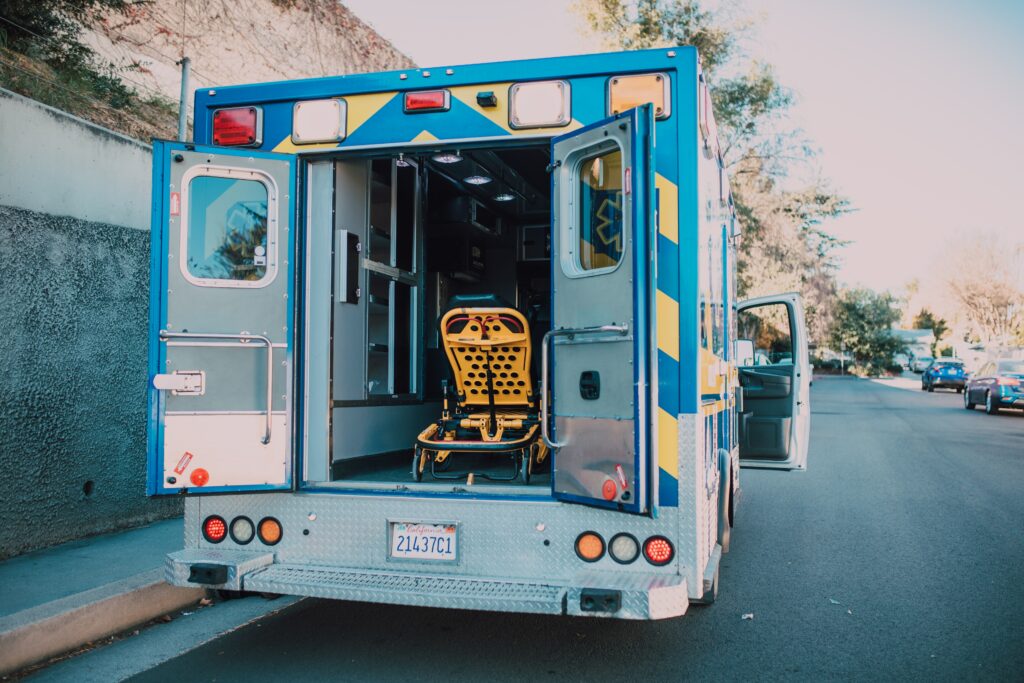
“Both infected patients and ambulance personnel are potential sources of surface contamination in ambulances, which may result in the exposure of patients and ambulance personnel to pathogens during subsequent transportation. Adherence to cleaning protocols and using aseptic techniques can reduce the risk of exposure. However, routine cleaning and aseptic techniques are not always observed in the ambulance setting. The fast-paced environment, quick turnover of emergency calls, and compliance with cleaning protocols pose a challenge in maintaining non-contaminated conditions for EMS providers and patients.”[3]
Today, we know that there are fewer first responders than before, so we need to evolve disinfection strategies with the landscape. Utilizing technologies like the SurfaceSoap UV wand aid first responders in so many ways. Reducing the burden of disinfection on staff, allowing them to relax in their ‘downtime’ instead of monotonously spraying and wiping equipment (would you wait the recommended dwell time before wiping if you were them?). As stated above, time is minimal, and the turnover rate is high, so our recommended solutions need to be flexible and practical. You can’t put a price on a solution’s ability to seamlessly amalgamate itself into workflow operations, which is what makes the SurfaceSoap invaluable.
One study[4] found that “In an air ambulance helicopter, surface materials are heterogeneous (metal, plastic, and others) and by design often difficult to clean. Due to airworthiness regulations and material degradation, not all chemical disinfectants can be used. A mobile, nonchemical device would therefore be a valuable alternative for targeted surface disinfection.”
Police also need to take a moment to think about the backseat of their cop car. How often are they disinfected? Is there a set-in-stone policy on methods of disinfection? How many rides occur before disinfection begins? These are all dire questions that need consideration. That being said, if there is more significant bio-waste (i.e., feces, vomit, blood) present in the backseat, outsourcing the job to a professional disinfection company like Safety Net Bio-Protection would be the best course of action.
However, the SurfaceSoap provides a unique opportunity to officers who pick up multiple people per day but don’t encounter the extremes. Drop a passenger off at the county jail, quickly use SurfaceSoap to clean up the cruiser’s backseat, and go about cleaning up our streets! It affords cops a tool to quickly reduce and eliminate the threat of pathogens hitching a ride home without additional strain to their already heavy workload.
So, first responders, make sure to rapidly disinfect the nooks and crannies of your vehicles with the savvy, flexible, and powerful SurfaceSoap UV Wand.
Rethink RideShare
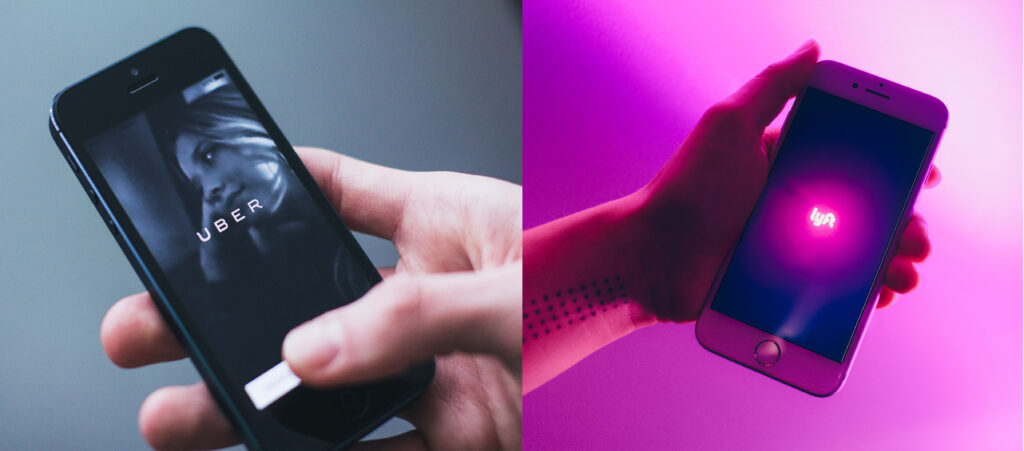
Uber’s company slogan is, “Evolve the way the World Moves,” and Lyft’s is “Improving people’s lives with the world’s best transportation.” If these companies are to live up to these statements, rethinking this particular part of the system is necessary. Rideshare companies can help steer the industry towards a more sanitized future by supplying VIP drivers (drivers who receive a certain number of 5-star reviews) with UV wands and providing incentives for publicly displaying messages of sanitation. Or if a driver achieves x amount of 5-star reviews with a “Neat & Tidy” compliment, reward them with a SurfaceSoap to aid them in their efforts.
If rideshare companies are to evolve the way we move fully, they must additionally consider a microbe’s ability to adapt, and most importantly it’s will to replicate and survive. Recognizing modern transmission pathways is paramount for any business owner offering public services. Knowing what we know about viral shedding, air circulation within confined chambers, and virus survival rates on surfaces, we need to act today as to not be caught off-guard tomorrow.
This philosophy needs to trickle down from the top. One way to do this is for rideshare companies to purchase UV wands in bulk then provide the SurfaceSoap to drivers at a hyper-competitive price. This will encourage drivers to purchase a wand through the rideshare company and in place of wipes or useless corrosive spray solutions which provide less efficacy and require more time to kill than the SurfaceSoap. Creating a new small stream of revenue for the host companies. Drivers can be reassured, when finishing up the day of work, that they possess a viable, highly effective solution to protect themselves and their families from the bacteria brought into the car by passengers.
Control What You Can
As a passenger, take care of your end of the deal first. Mitigate your risk of exposure/transmission by being intelligent and organized with your approach to hitching a rideshare. Although companies like Uber and Lyft have attempted to address this concern by implementing mask mandates for passengers/drivers, this is not sufficient nor comprehensive enough. Too many gaps expose themselves with “single-solution” mandates. Viruses do not care if one route is closed. Just like our drivers, they’ll find a detour.
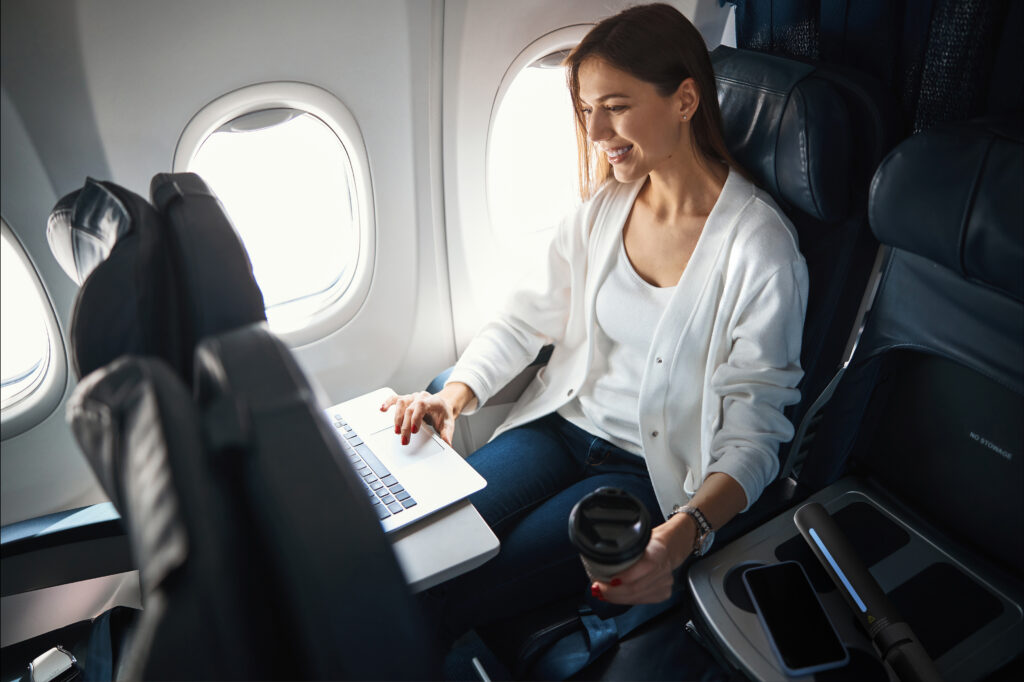
You should have a system to attenuate your risk of picking up any infection from the rider in front of you. We also want to “pay it forward” regarding limiting our viral shedding. Wearing a mask is definitely a good idea (specifically a fitted N95), and cracking the window allows for better air circulation[5]. Having a pocket-sized hand sanitizer that you can use at the beginning and end of your ride will ensure that you do not spread germs to high-touch points. Using hand sanitizers like mPulse is alcohol-free and non-corrosive to the driver’s car. Avoid touching your face for the duration of the ride and only do so after you’ve washed your hands thoroughly. To reduce it down to 4 components:
- Wear a mask or face shield
- Have on-the-go sanitizer options
- Don’t touch your face (the T-Zone)
- Wash hands after the ride
These are all simple, cost-effective actions you can take as a traveler to reduce the potential of becoming infected by any virus. Traveling smarter and safer should become normalized if we mass-adopt ride share culture.
Driver Ratings
Rideshare companies encourage riders to rate their rides and comment on cleanliness, yet there is no section for health and safety factors. The choices that are available to compliment a driver are displayed below.
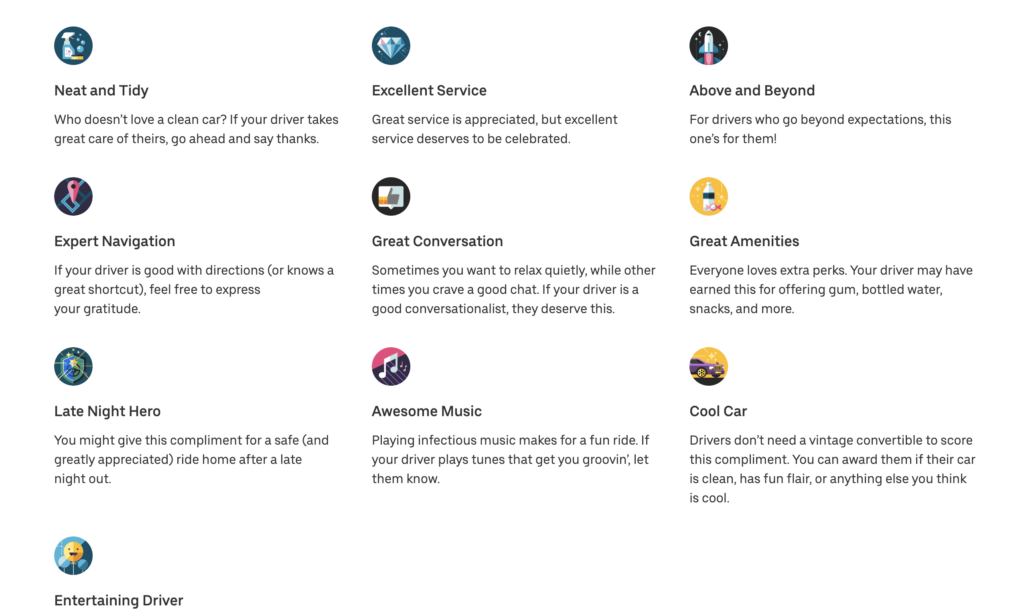
Much like we would demand a public restroom to be disinfected, riders need to place a precedent on rideshare sanitation. Neat and Tidy is excellent, but proof-of-sanitation would be more significant.
As a driver, take safety measures within your rideshare environment to the next level with the SurfaceSoap UV Wand. Taking a few minutes between rides to disinfect every area of the backseat and high touchpoints quickly will ultimately lead to your customer base feeling safer and, in the long run, encourage them to ride with you more.
Why not take 2-3 minutes between riders to disinfect high-touch points? What’s the harm in having hand sanitizer available, having a small box of disposable masks at the ready, or simply cracking the windows prematurely? There is no downside to having the same (in some cases better) disinfection protocols than ambulances. These gestures are more than thoughtful; they instill a culture of mutual respect and caring that is synonymous with the rideshare community mindset.
“Look, we want you to express yourself, okay? Now, if you feel that the bare minimum is enough, then okay.”
Office Space – 1999
Don’t let the bare minimum define your business as a rideshare driver. Put the health and safety of your passengers at the top of the “to-do list,” excel at rideshare sanitation, and exceed customer expectations.
About the Author
Robert Hasselfeld is SEO manager for Safety Net.
References
[1] van Doremalen, N., Bushmaker, T., Morris, D. H., Holbrook, M. G., Gamble, A., Williamson, B. N., Tamin, A., Harcourt, J. L., Thornburg, N. J., Gerber, S. I., Lloyd-Smith, J. O., de Wit, E., & Munster, V. J. (2020). Aerosol and surface stability of SARS-COV-2 as compared with SARS-COV-1. New England Journal of Medicine, 382(16), 1564–1567. https://doi.org/10.1056/nejmc2004973
[2] Conceição, Teresa, et al. “Contamination of Public Buses with MRSA in Lisbon, Portugal: A Possible Transmission Route of Major MRSA Clones within the Community.” PLoS ONE, edited by Paul J. Planet, no. 11, Public Library of Science (PLoS), Nov. 2013, p. e77812. Crossref, doi:10.1371/journal.pone.0077812.
[3] Obenza, A., Cruz, P., Buttner, M., & Woodard, D. (2022). Microbial contamination on ambulance surfaces: a systematic literature review. Journal of Hospital Infection, 44–59. https://doi.org/10.1016/j.jhin.2021.12.020
[4] Schulz-Stübner, S., Kosa, R., Henker, J., Mattner, F., & Friedrich, A. (2019). Is UV-C “light wand” mobile disinfection in air ambulance helicopters effective? Infection Control & Hospital Epidemiology, 11, 1323–1326. https://doi.org/10.1017/ice.2019.225
[5] Mathai, V., Das, A., Bailey, J. A., & Breuer, K. (2021). Airflows inside passenger cars and implications for airborne disease transmission. Science Advances, 1. https://doi.org/10.1126/sciadv.abe0166



